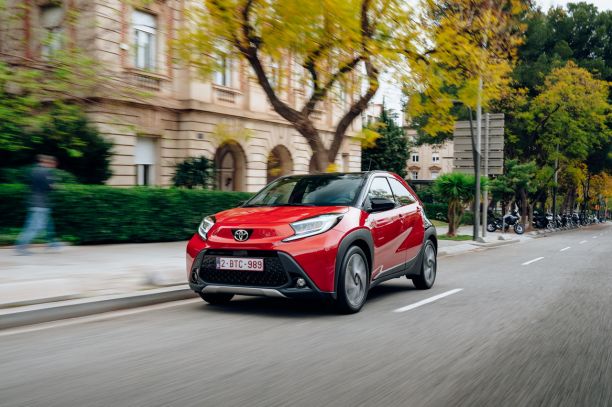This is the fifth generation Range Rover
It messes with your head. Is this really the new Range Rover? You thought you were good at all that car spotting, right? This really does look like the old Range, at least from the side. Yet he is different and above all better. Smoother, neater, tighter – but in ways that are not obvious. Don’t worry, we’ll explain it to you. And take a look at the back to confirm that you are not spinning. Or to those recessed door handles, à la Velar; that’s where you might see the new Range Rover the fastest.
Gerry McGovern, creative director of Jaguar Land Rover, makes a disarming statement. “It’s not like we’ve become better designers since we designed the old generation. It’s that the technology has evolved and allows us to do things we couldn’t do before.’ His comment thus implies that the body engineers from the design side have been under considerable pressure to implement those new techniques.
The most important changes in the new Range Rover
The new Range Rover uses a completely new and almost all aluminum body. They thought about reusing bits of the old ones, but that wasn’t possible because they had to make room for – drum roll – the batteries. In three years’ time, the new body should enable a fully electric version. After all, they started working on this car five years ago. Project leader Nick Miller points out that this was exactly when dieselgate unfolded.
Engines new Range Rover
A plug-in hybrid version of the new Range Rover will be available from launch. It drives 100 kilometers completely electrically thanks to an electric motor with 143 hp. A 3.0-litre petrol engine adds the remaining power for a total of 510 hp. Even faster? Then there is a biturbo V8 with 530 hp and a 0-100 time of 4.6 seconds. More sensible customers can opt for a plug-in hybrid with 440 hp or a mild hybrid with 400 hp. For diesel engines there are engines with 250, 300 or 350 hp.
Two lengths
For the first time, Land Rover is offering the Range Rover in two different lengths. The longer wheelbase version offers a third row of seats. For both the long and short wheelbase you can opt for two separate seats in the back, instead of a rear seat. For the first time there is also four-wheel steering, in which the rear wheels steer with (or better: counter-)steer to shorten the turning circle.
The tailgate opens in two parts and optionally you can equip the lower part with an ‘event suite’; these are cushions and a backrest so that you can sit comfortably. Speaking of sitting comfortably: in the headrests inside are speakers that provide active noise canceling in the cabin. Up close you will notice that the gaps between the panels have become smaller and that there are generally fewer seams, cracks and corners. Better and tighter, as we said. Also see, for example, how the rear side window flows seamlessly.
The price of the new Range
The new Range Rover can be ordered for prices from 160,385 euros. If you want the long wheelbase, you have to pay an extra 8,000 euros. For the version with the 4.4-liter V8 you are at least 191,065 euros poorer. You will have to wait until 2024 for the fully electric RaRo and its prices.



























